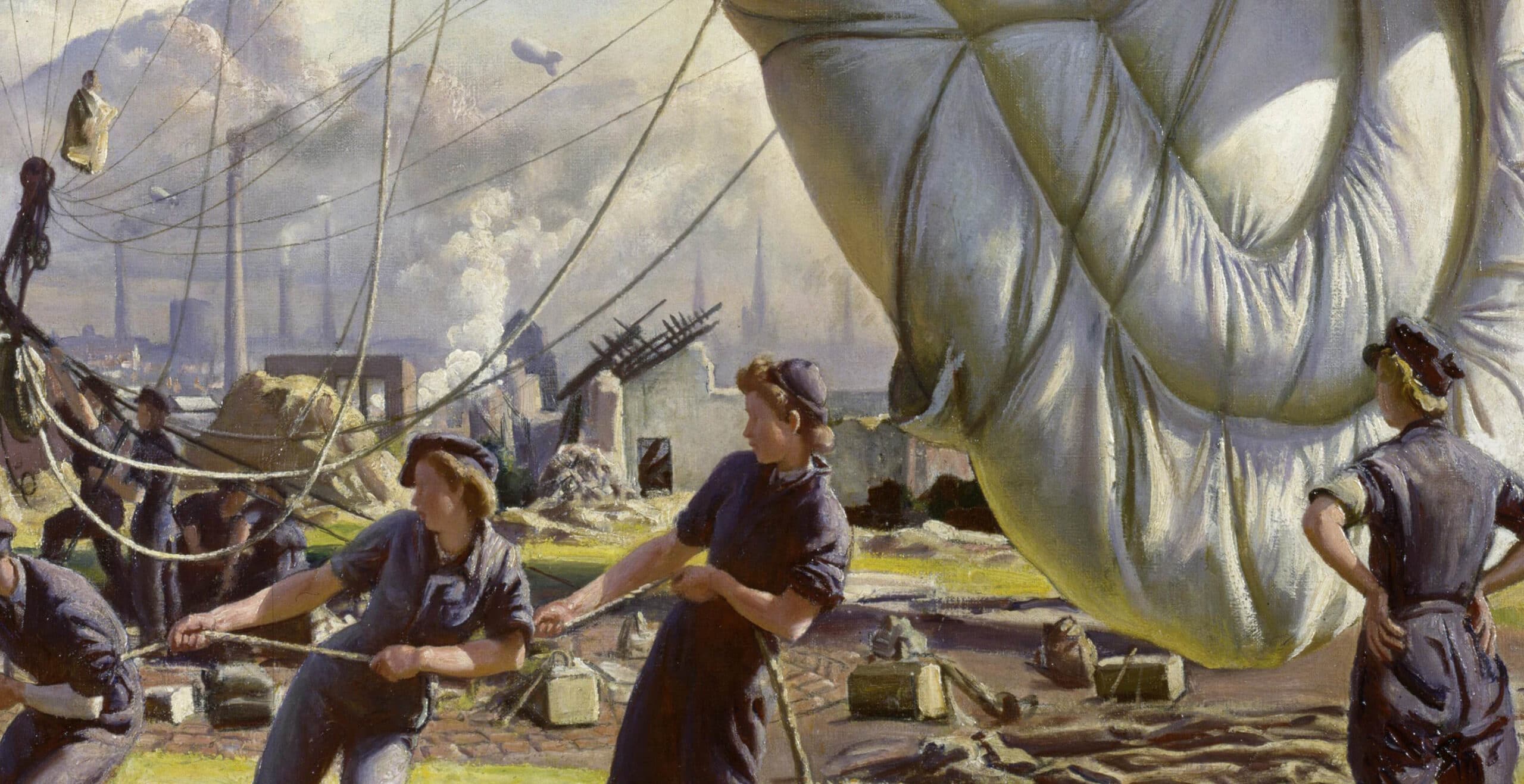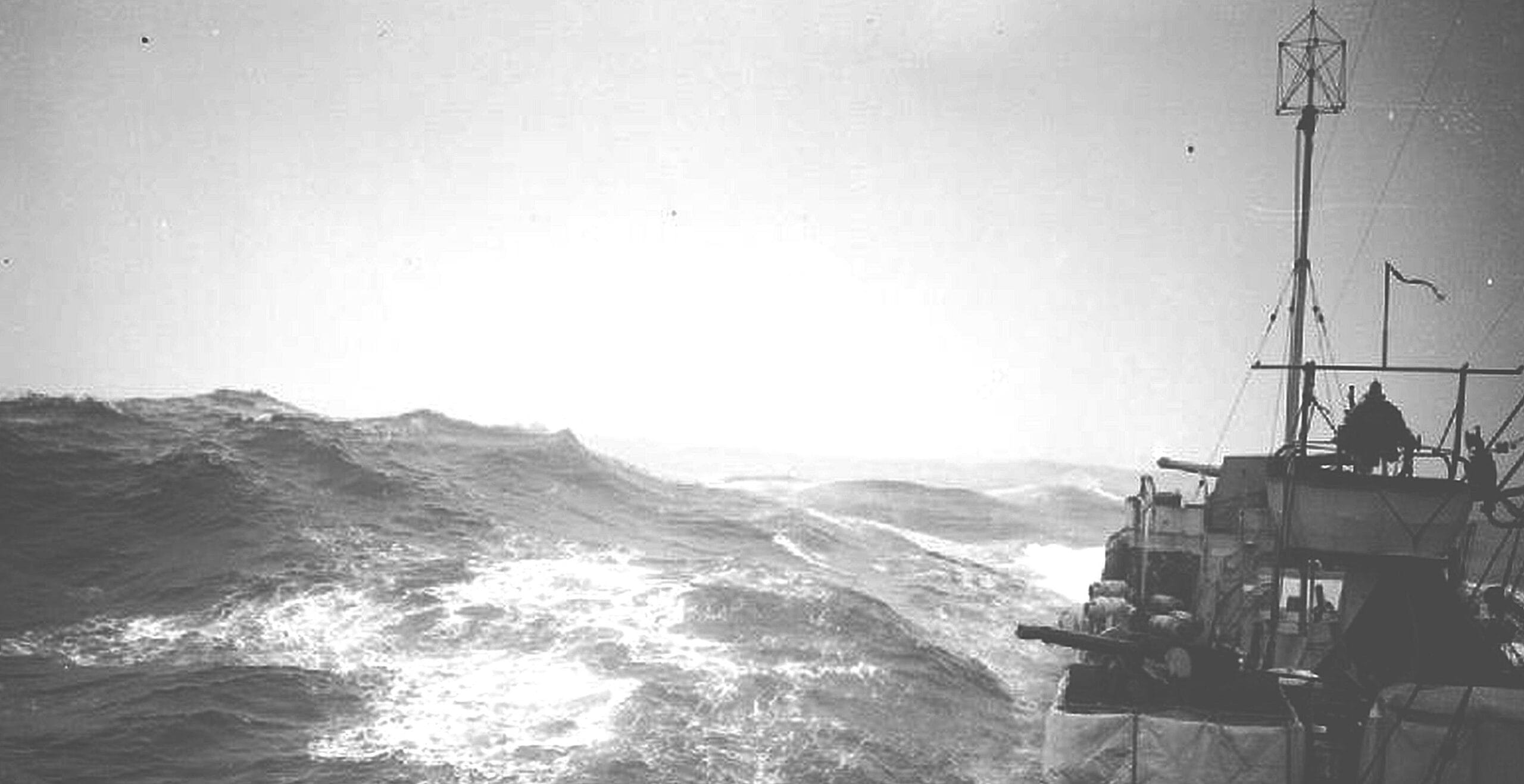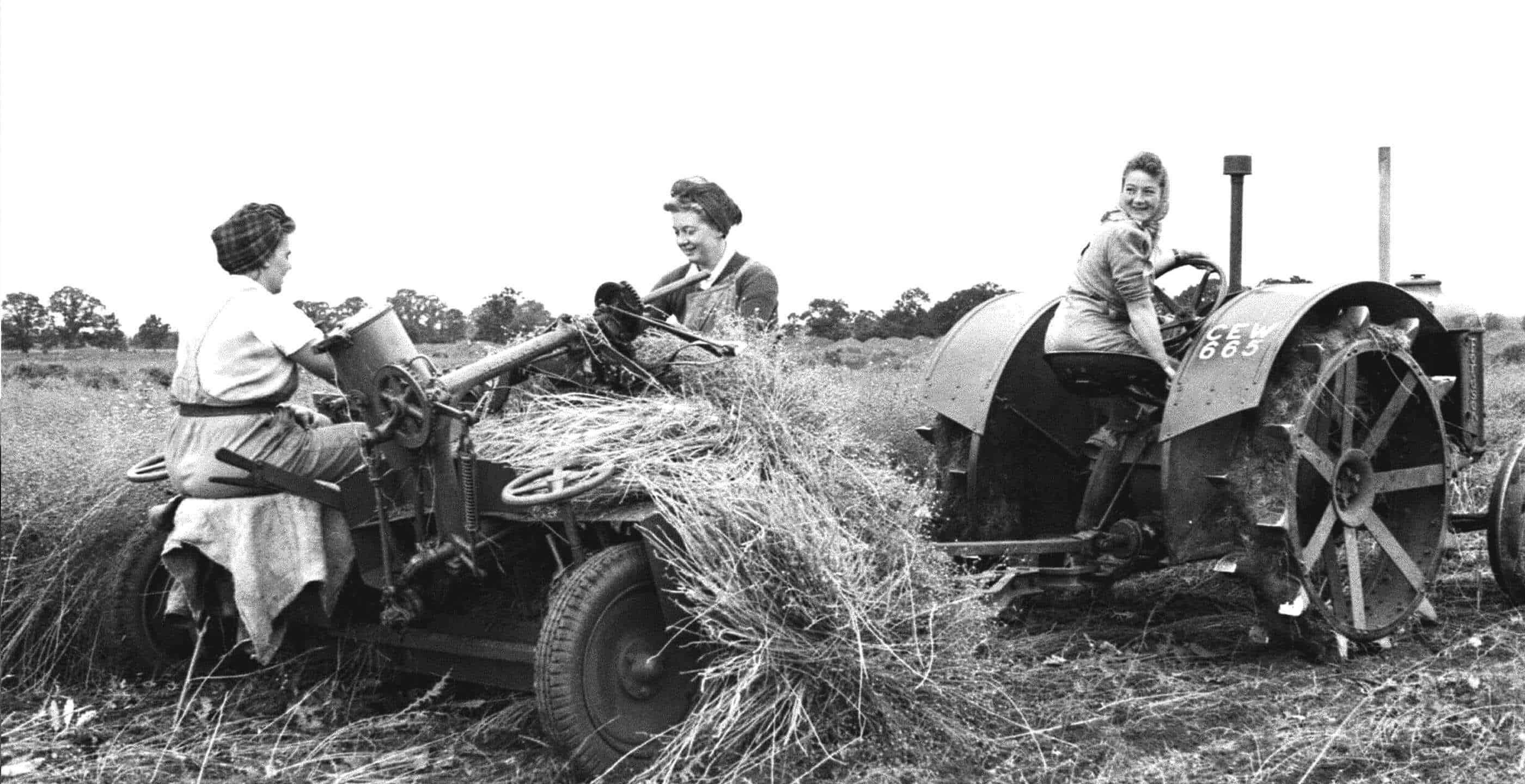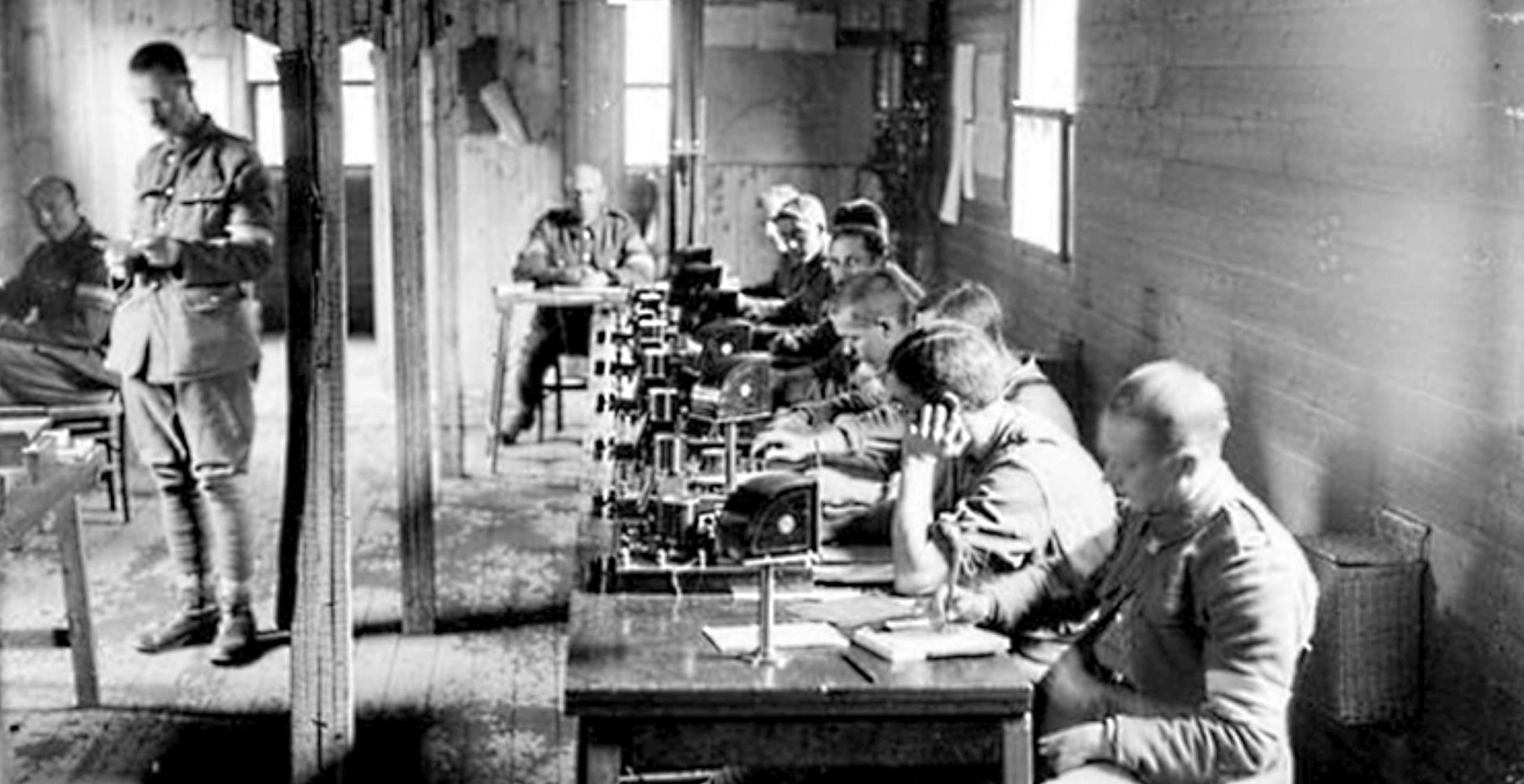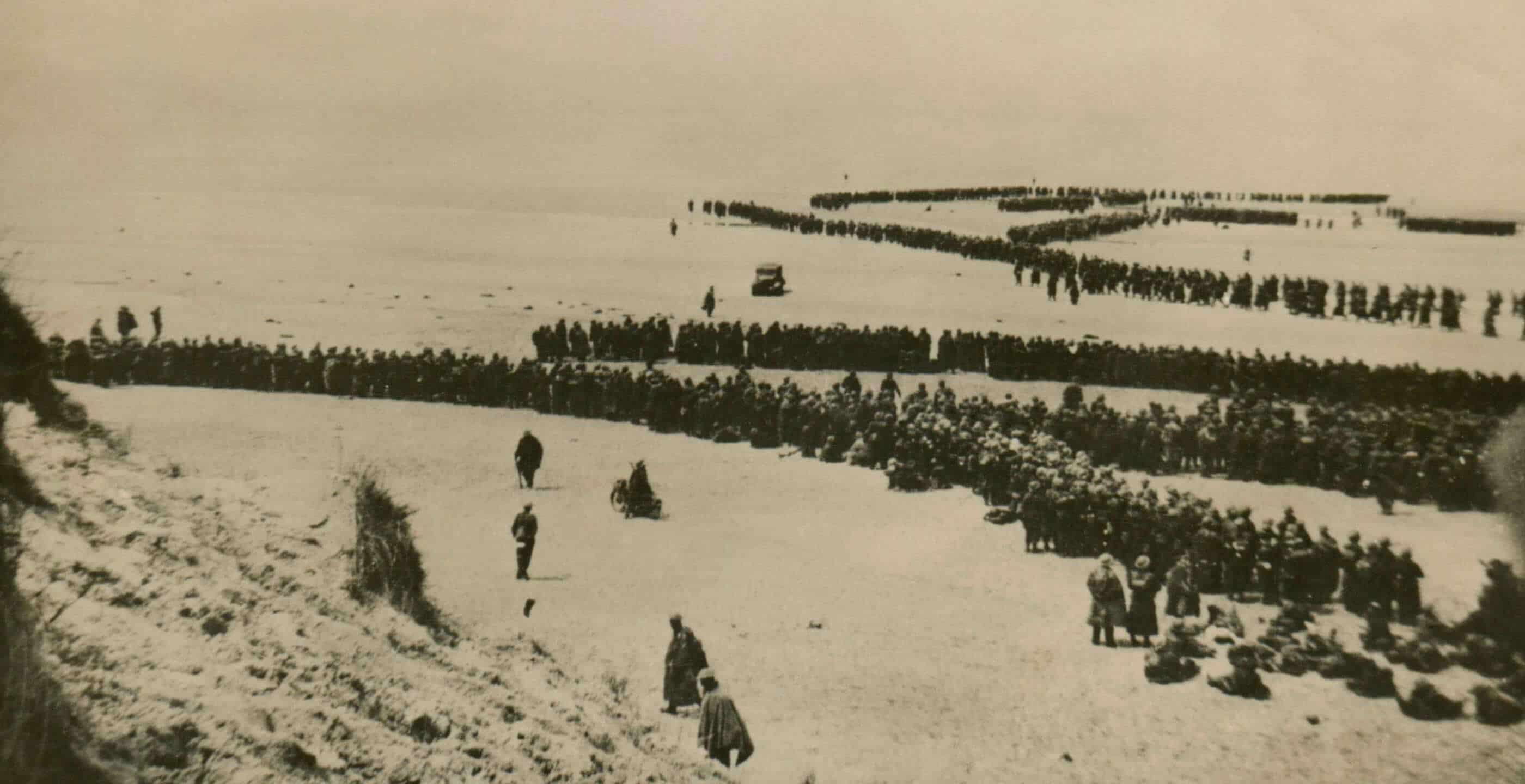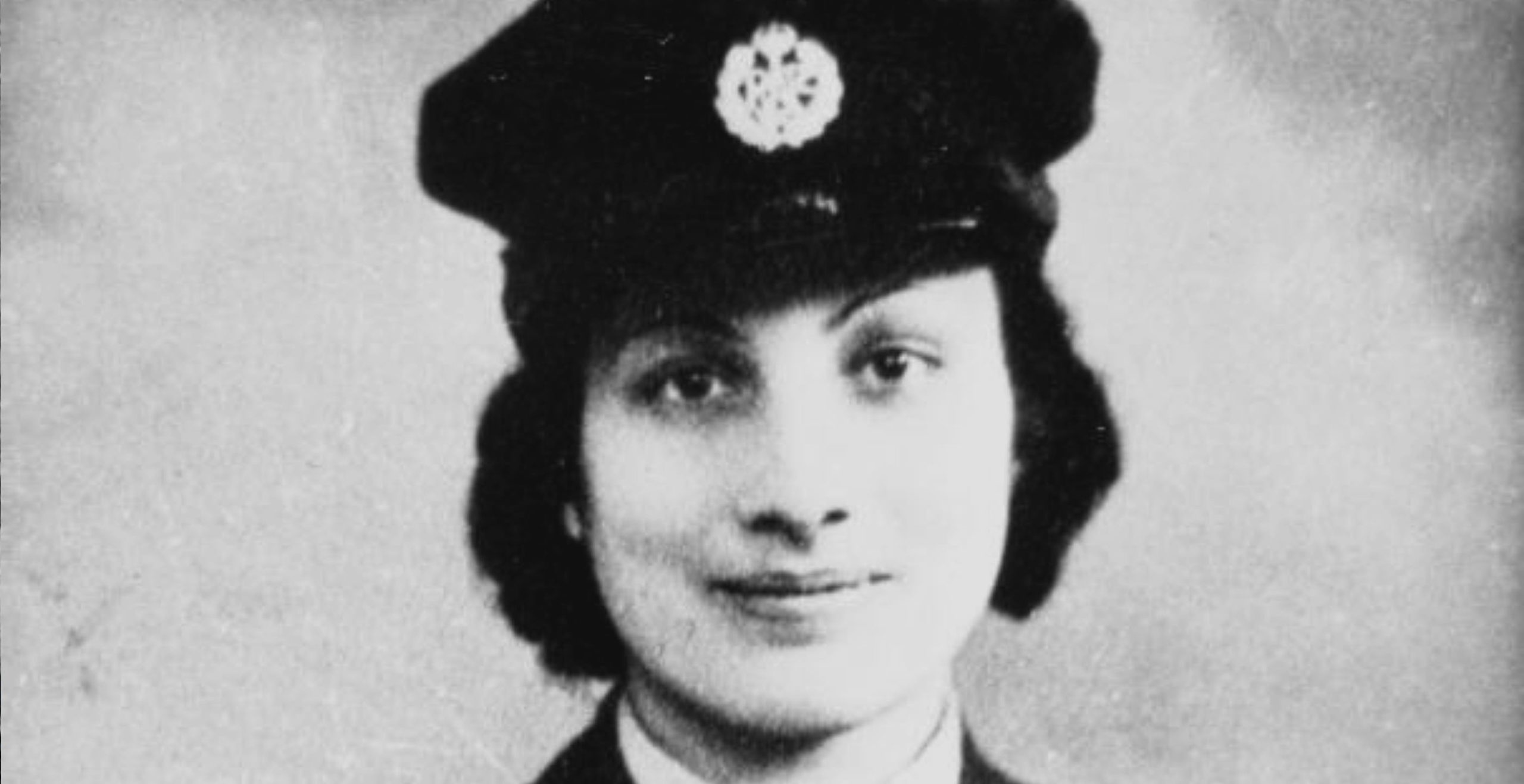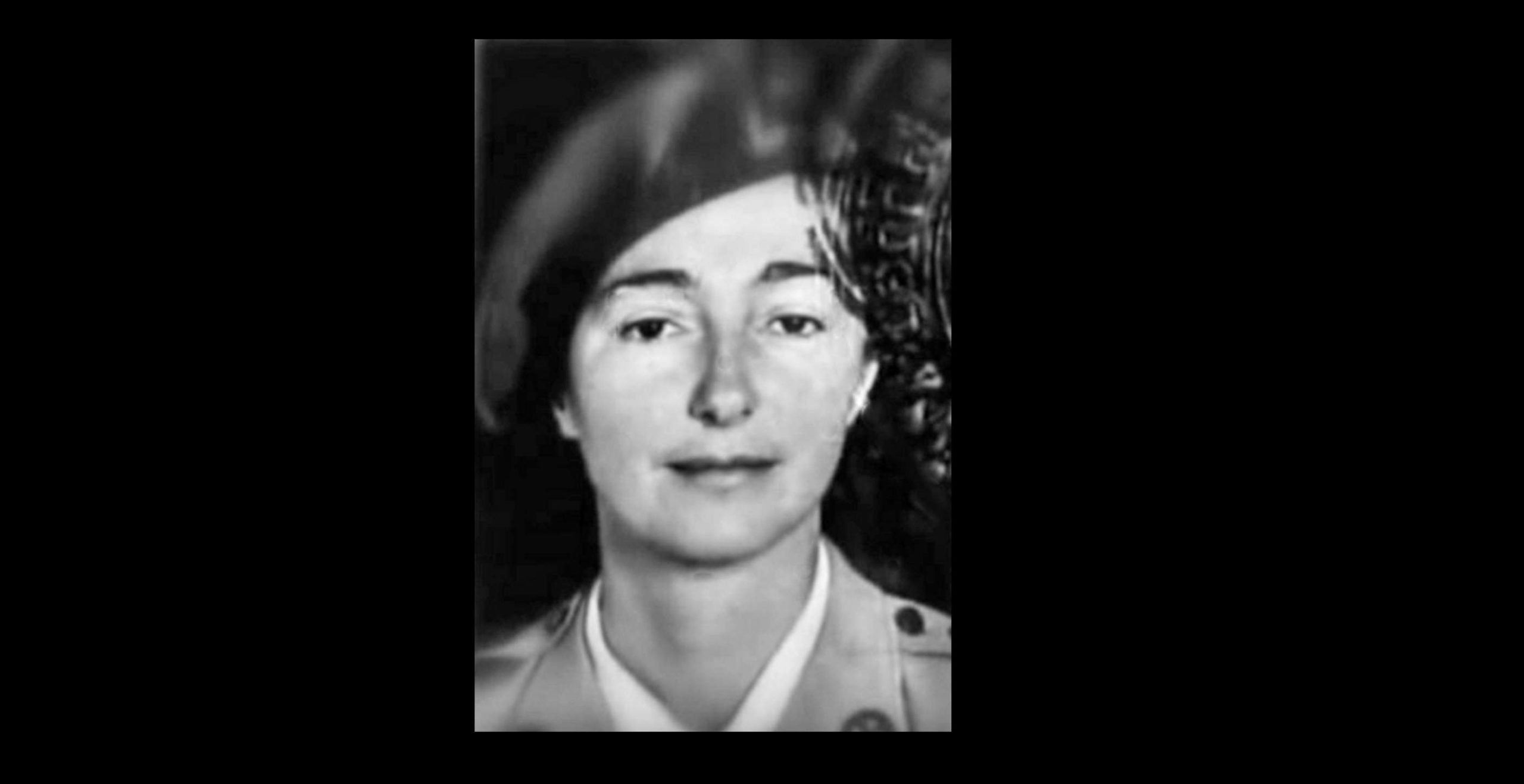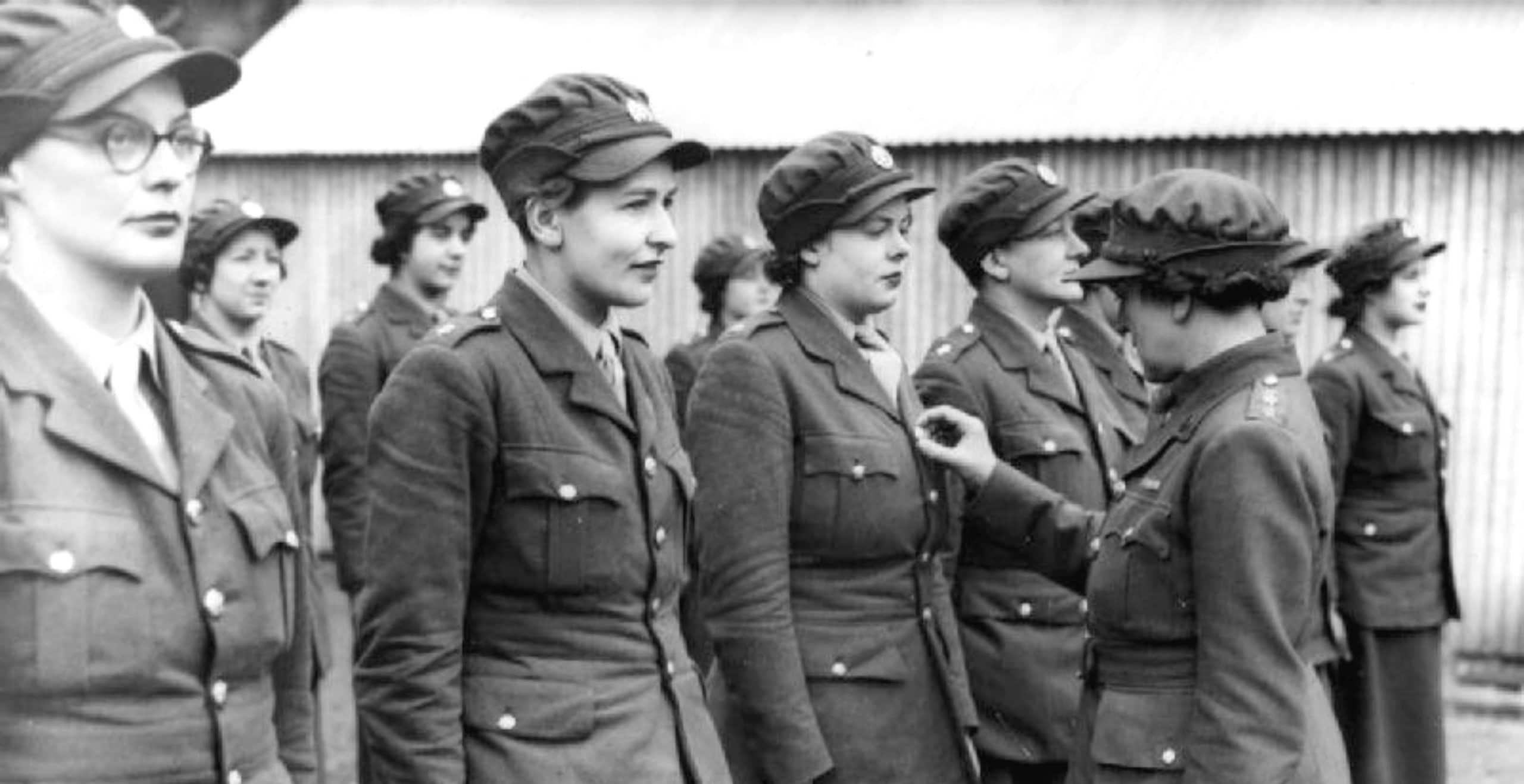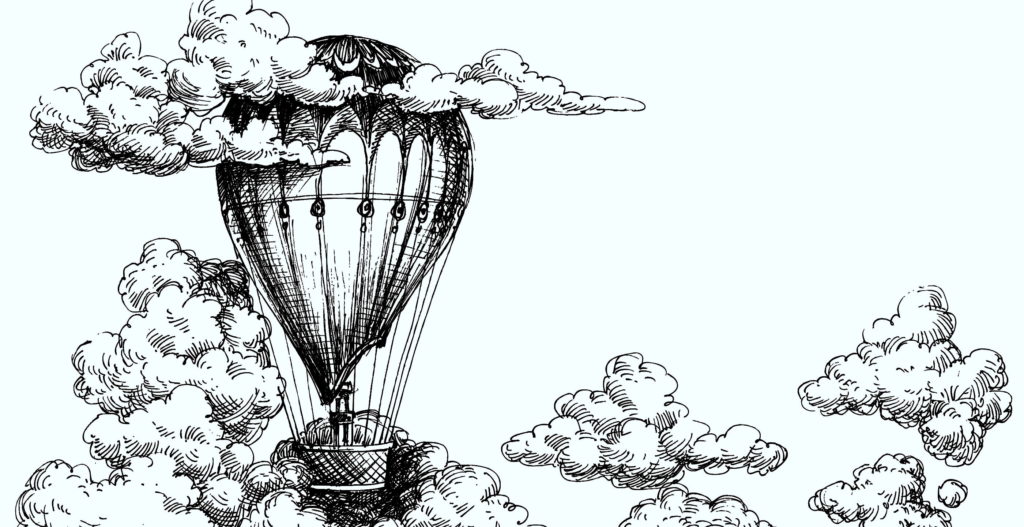On September 17, 1940, heavy winds caused several British barrage balloons to break free from their tethers, sending them into a collision course with Swedish power lines and communications. What was a massive inconvenience for Sweden became an incredible opportunity for the Allied forces. Upon hearing of the incident, Prime Minister Winston Churchill authorized the Royal Navy to test the viability of using surplus weather balloons to cause similar destruction in Germany. They confirmed the balloons could hamper enemy power, communication, and even rail lines if purposefully directed towards occupied Europe. The campaign would become known as Operation Outward.
Balloons were not new in British warfare. The ways in which they were used, however, changed relative to the military’s needs. Balloons were used for both reconnaissance and espionage against the American colonists during the Revolutionary War, a tactic copied by Americans during their Civil War 85 years later.
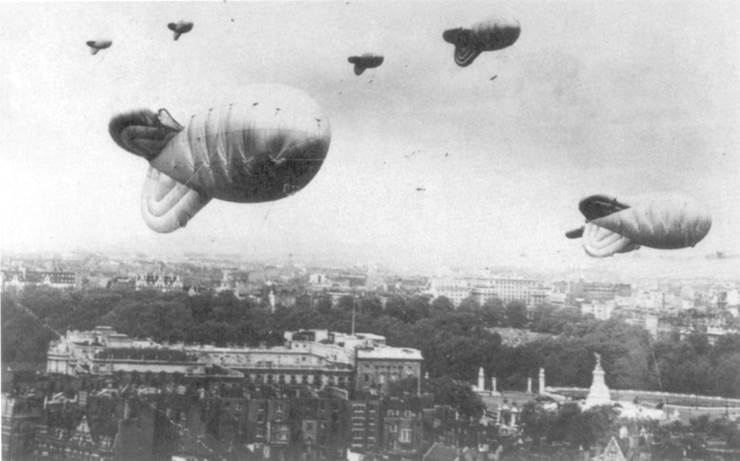
During the second Boer War and World War Two, the British also utilized balloons for artillery observation, helping soldiers on the ground “see” the ground they needed to attack and defend. In WWII, barrage balloons provided a degree of homeland defense by deflecting bombs before they could hit cities, and weather balloons provided valuable data that would inform the viability of amphibious landings across Europe, the Middle East, and Asia. With Operation Outward, they became instruments of sabotage.
Outward balloons used two payloads: steel trailing wires or small incendiary devices. As accidentally demonstrated in Sweden, the wires could tangle in power lines. The loss of power disrupted radio communication, transportation, and caused other logistical issues.
Incendiary devices caused destruction on the ground. Three types of incendiaries were used: socks, jellies, and beers. Socks and jellies used fuses to ignite flammable material (either incendiary jelly or small canvas bags filled with wood wool and coated in wax). The beer was a bit more complex as it was a self-igniting phosphorous grenade, or SIP. All could cause fires where they landed, and the unpredictability of where the wind took them meant it was impossible to mount a successful defense. You could only hope you found the site in time and put out the flames.
From an economic and logistical standpoint, Operation Outward delivered on several fronts. All the necessary materials, from nitrogen gas to fuses, were readily available. The balloons themselves were surplus weather balloons pulled from storage and cost the Navy approximately 35 shillings a balloon. The Navy even had the available human resources needed to pull off the missions: the Women’s Royal Naval Service, or WRNS.
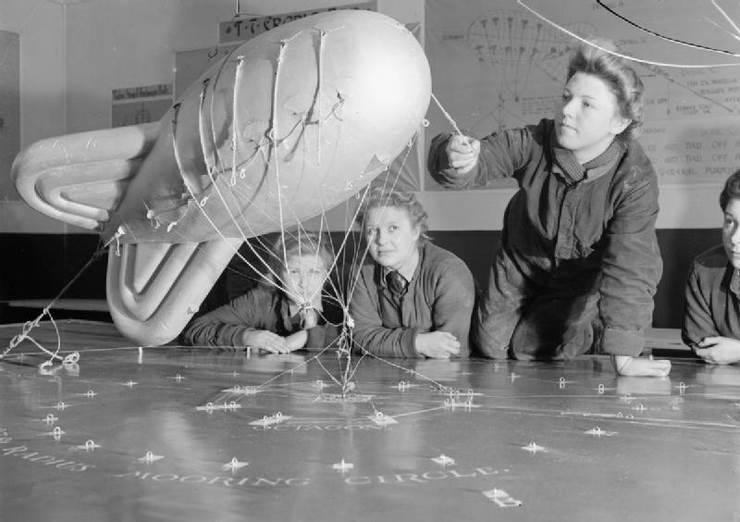
Like the balloons they would launch, women’s service in uniform changed over time. The WRNS was formed in November 1917, urging women to “free a man for sea service” by taking on tasks like cooking and cleaning. As WWI hostilities continued and casualties mounted, the WRNS’ (or “Wrens”) duties expanded to include work as postwomen, telegraphists, and motor pool drivers. The WRNS was disbanded following Armistice, but the coming of the Second World War brought them back to the nest in 1939. Their roles and responsibilities continued to expand. In addition to working in telegraph and post offices, they became small craft/tugboat pilots and bomb range markers.
One group helped develop Naval war games and strategy, including the tactics used by convoys to elude German U-boats in the Atlantic (Operation Raspberry). Wrens also worked in wireless intelligence (WI, or “Y”) through transcribing radio traffic, breaking codes, and maintaining the machines used to crack Axis codes. Under the supervision of six Royal Navy/Royal Marines officers and 80 Royal Marines, seven WRNS officers and 140 non-commissioned WRNS officers armed and launched an estimated 100,000 balloons as part of Operation Outward. By August 1942, the Wrens were launching an estimated 1,000 balloons per day.
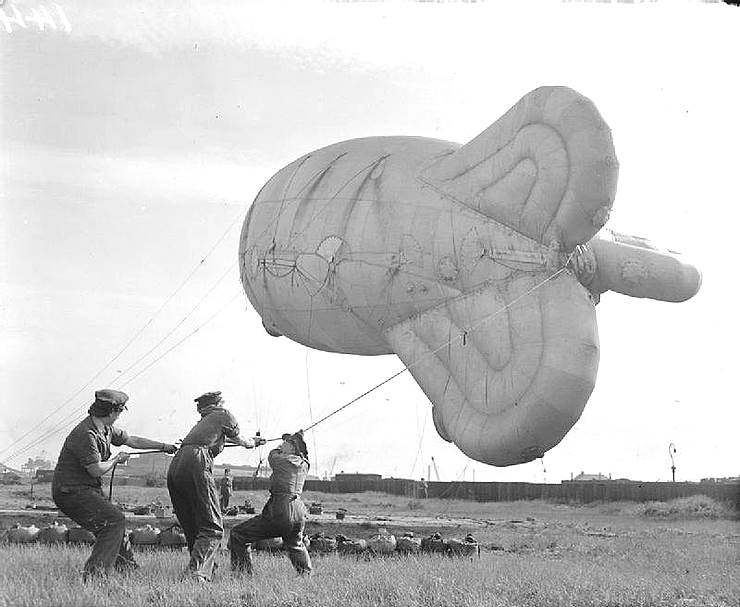
There was no real way to quantify the ballons’ impact, but news of forest fires, downed power lines, and disruptions to railway transportation trickled back to England. There were reports of fires in East Prussia and Berlin. A Leipzig fire station completely gutted by flames. Some German Luftwaffe pilots who were normally tasked with bombing Allied targets were redeployed to track and shoot down balloons. Firewatchers kept patrol to put out forest fires. There were almost 5,000 power interruptions in France alone, the majority of which caused by balloons.
The balloons’ wrath did not discriminate between occupied and Allied territories. Military leaders worried they could present a real danger to Allied pilots completing missions over western Europe. This only increased as Americans joined the fight and European airspace. In response, the Navy reduced the number of launches and all but phased out the use of trailing wires. Use of socks, jellies, and beers continued because they didn’t pose a threat to Allies in the air. The last Outward balloon took to the sky on September 4, 1944.
While Operation Outward is often relegated to a footnote in WWII history, it is a powerful demonstration of how the British military adapted to the changes wrought by WWII. Taking a page out of Churchill’s “ungentlemanly warfare” strategy, Outward weaponised unpredictability with the express goal of irritating the Heil out of Hitler. With the success of operations like Outward and the work of the Special Operations Executive (SOE) in occupied territories, irregular warfare tactics became a part of almost every war (and revolution) that followed.
Outward also reflects changes in societal acceptance of women’s service in war and peace. By 1944, there were approximately 74,000 servicewomen in the WRNS uniform. From cooking and cleaning to codebreaking and sabotage, the Wrens had done far more for their country than just “free men to fight.” As WRNS Director Dame Vera Laughton Mathews wrote, “Men now know what women can accomplish in times of stress and emergency, but there is even greater work to be done in the world of peace.”
Unlike WWI, the WRNS were not disbanded after WWII. Approximately 3,000 Wrens were retained in administrative and support roles, and the Women’s Royal Naval Service was fully integrated into the Royal Navy in 1993. With Operation Outward, a fluke accident brought together an unlikely weapon — and an unlikely group of warriors — to wreak havoc behind enemy lines. And all at the cost of about 35 shillings per balloon.
Kate Murphy Schaefer is a freelance historian dedicated to bringing historical footnotes, and the players within them, into focus. This is the fourth article she has written for Historic UK.
Published: 22nd February 2024
